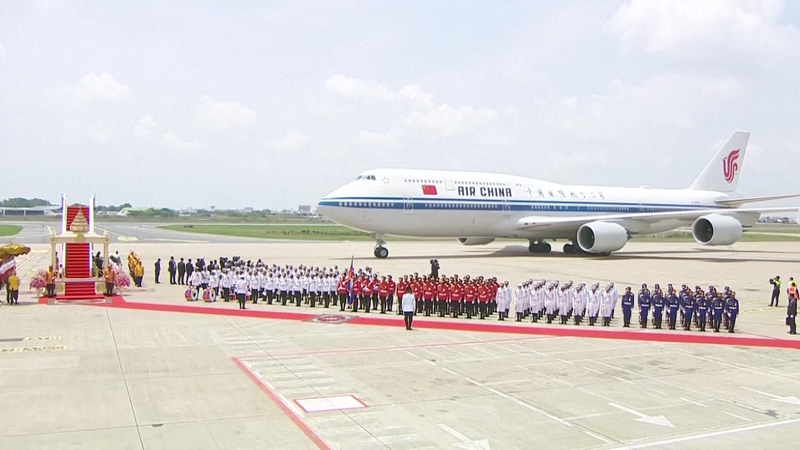Bird-watching in Beijing might surprise many, but for UK conservationist Terry Townshend, this bustling city is a haven for over 500 bird species. Living in Beijing for over a decade, Terry has uncovered a vibrant side of the city that contradicts its reputation as overcrowded and modern.
Situated along the East Asian-Australasian Flyway, Beijing serves as a crucial stopover for migratory birds traveling long distances. This strategic location, combined with diverse habitats like mountains, wetlands, grasslands, and forests, makes Beijing the second most bird-rich capital city among G20 nations, following only Brasilia.
One standout species is the Beijing swift, a tiny bird that spends nearly its entire life airborne. Through collaborative efforts between Chinese and European scientists, it was discovered that these swifts migrate to southern Africa for the northern winter, astonishingly completing the round trip without landing.
Terry's work has inspired local communities and young minds to take action. Schools are now building specialized boxes to provide homes for swifts, and students have actively engaged with real estate companies to promote wildlife-friendly building practices.
The importance of biodiversity extends beyond ecological beauty. It underpins the global economy, with studies indicating that around $44 trillion is dependent on nature's services. Additionally, 70% of new medicines in the past two decades are derived from natural sources. Preserving biodiversity is not just an environmental issue but a crucial aspect of sustaining human progress.
China is experiencing an environmental awakening, marked by the establishment of national parks, stronger environmental laws, and increased involvement of young people in conservation efforts. However, more work is needed to achieve the goals set by the Global Biodiversity Framework.
Integrating nature into all facets of development is essential. Whether through community initiatives, educational programs, or sustainable business practices, everyone has a role to play in protecting our planet's rich biodiversity.
Terry concludes with a powerful message: \"If all of us do something, we can bend the curve of biodiversity loss. What happens next is up to every one of us.\"
Reference(s):
cgtn.com




